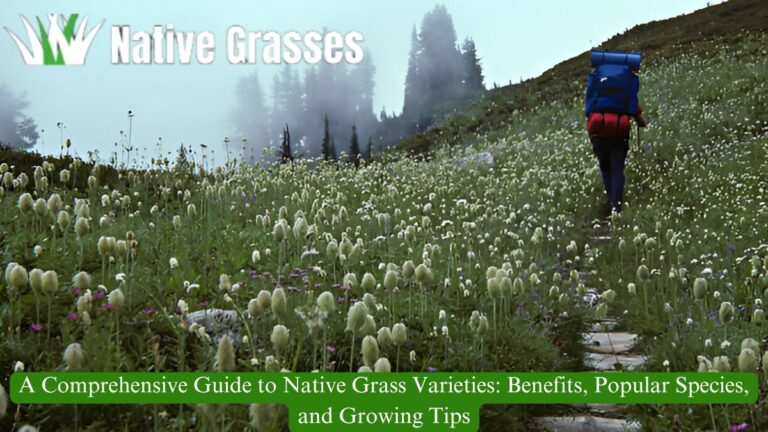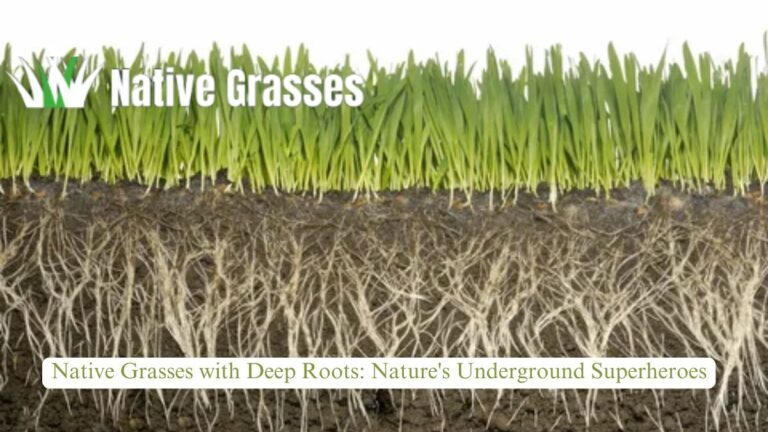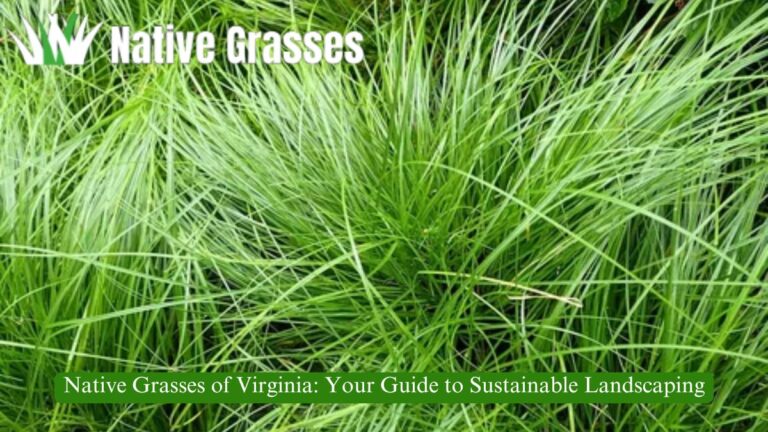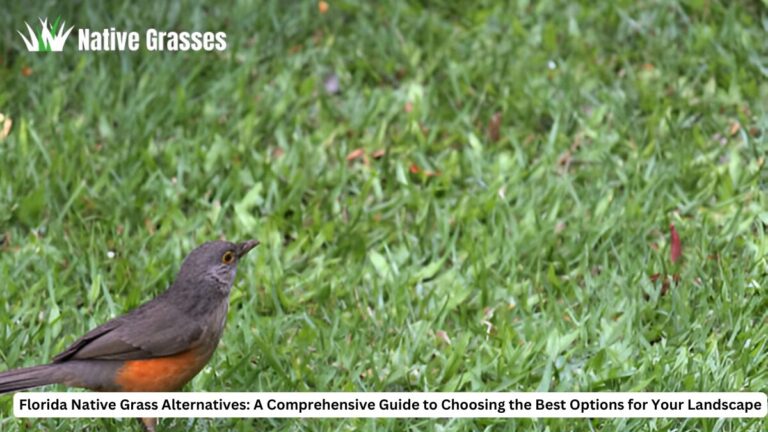A Comprehensive Guide to Florida Native Grass Identification
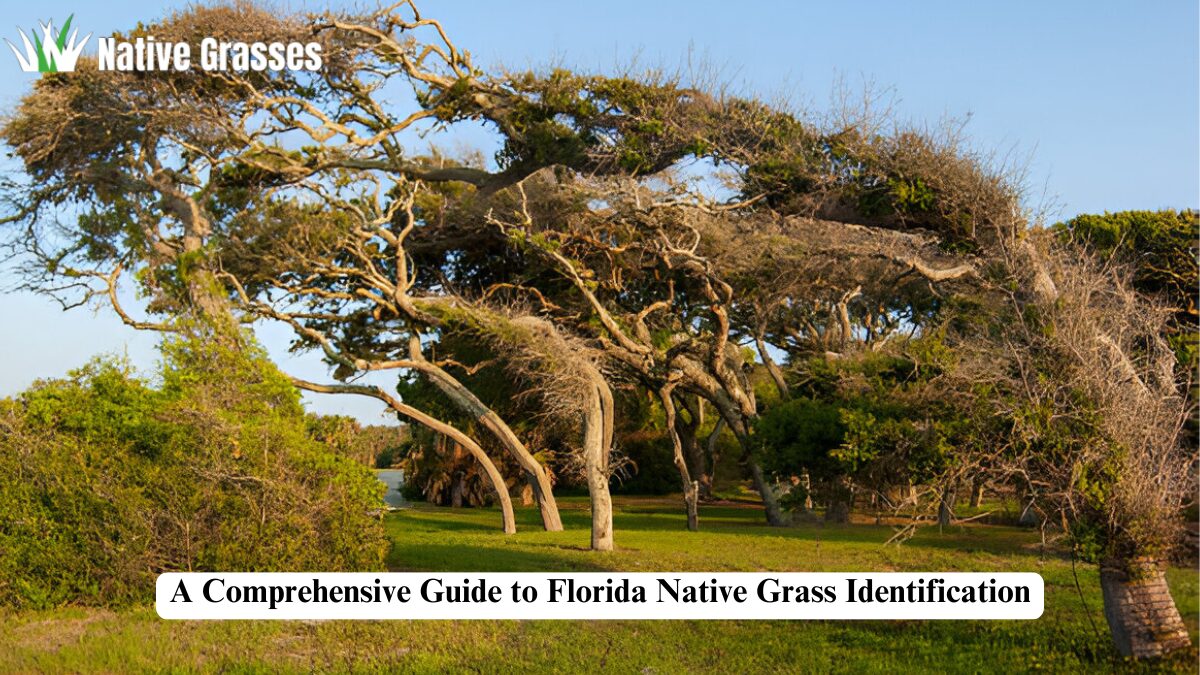
Florida is home to a stunning array of native grasses, each playing a vital role in the state’s unique ecosystems. From lush coastal areas to the dry flatlands, native grasses contribute to soil stabilization, wildlife habitats, and the overall health of Florida’s landscapes. But how do you properly identify these grasses?
In this article, we’ll dive deep into the fascinating world of Florida native grasses. We’ll explore their key features, differences, and identification tips, so you can confidently identify these plants in their natural environment.
Understanding Florida’s Native Grasslands
The Role of Native Grasses in Florida’s Ecosystem
Native grasses are integral to Florida’s ecology. These grasses support wildlife, prevent erosion, and enhance soil fertility. They also contribute to the state’s biodiversity, providing food and shelter for a variety of animals, including birds, insects, and mammals.
Why Native Grasses Matter
Using native grasses in landscaping and restoration projects offers numerous benefits, such as:
- Low Maintenance: Native grasses are adapted to Florida’s climate, requiring less water and fertilizer than non-native species.
- Wildlife Support: Many species of native grasses provide food and shelter for local wildlife.
- Erosion Control: Deep root systems of native grasses help stabilize the soil and prevent erosion.
Key Characteristics to Look For in Florida Native Grasses
Leaf Structure and Texture
One of the first things to look for when identifying native grasses is the leaf structure. Most Florida native grasses have narrow, long leaves with parallel veins. The texture can range from soft and smooth to stiff and coarse, depending on the species.
Example:
- Muhly Grass (Muhlenbergia capillaris): Features fine, thread-like leaves that give it a soft, wispy appearance.
- Bunchgrass (various species): Generally has broader leaves and forms dense clumps.
Seed Heads and Flowering Patterns
Grasses in Florida often bloom in late spring or early summer. The seed heads or flower clusters vary significantly between species. Some grasses produce tall, feathery plumes, while others have tightly packed seed heads.
Example:
- Pineywoods Dropseed (Sporobolus junceus): Features delicate, fine seed heads that resemble clouds of tiny flowers.
- Florida Paspalum (Paspalum floridanum): Known for its larger, branched seed heads.
Growth Habits
Native grasses can be divided into two main growth habits: clumping grasses and spreading grasses. Clumping grasses tend to grow in tight, bushy mounds, while spreading grasses form wide mats.
Example:
- Indiangrass (Sorghastrum nutans): Grows in dense bunches, often found in prairies and open woods.
- Florida Silver Bluestem (Bothriochloa laguroides): Spreads horizontally and forms large, dense mats.
Popular Florida Native Grasses and How to Identify Them
1. Muhly Grass (Muhlenbergia capillaris)
Identifying Features:
- Fine, thread-like leaves
- Soft, wispy appearance
- Pinkish-purple blooms in late fall
Habitat: Coastal areas, upland sites, and prairies.
2. Florida Paspalum (Paspalum floridanum)
Identifying Features:
- Slender leaves with prominent veins
- Large seed heads with multiple branches
- Green to purplish color
Habitat: Coastal salt marshes, sandy dunes, and open fields.
3. Bunchgrass (Various species)
Identifying Features:
- Grows in dense clumps
- Broad, linear leaves
- Flowering stems can reach 3–4 feet tall
Habitat: Open woodlands, dry prairies, and disturbed areas.
4. Pineywoods Dropseed (Sporobolus junceus)
Identifying Features:
- Fine, grass-like leaves
- Tiny, delicate seed heads
- Often grows in large clusters
Habitat: Wetlands, marshes, and floodplains.
5. Indiangrass (Sorghastrum nutans)
Identifying Features:
- Tall, erect stems
- Golden seed heads
- Feathery, plume-like flowers
Habitat: Dry prairies, open forests, and savannas.
Identifying Grass Species in the Field: Tips and Techniques
Observe the Growing Environment
One of the easiest ways to identify a grass species is by where it grows. Different grasses thrive in different environments, whether it’s the salty air of coastal dunes or the wet conditions of a swamp.
Example:
- Saltwater paspalum thrives in coastal areas, while Pineywoods Dropseed is typically found in wetland habitats.
Take Note of Leaf and Stem Characteristics
Examine the leaf shape, length, and texture. Are they stiff or soft? Are the leaves narrow or broad? These details will help you narrow down the species.
Look for Seed Heads
During flowering seasons, seed heads are one of the easiest ways to identify grasses. Pay attention to the size, shape, and color of the seed heads. Some grasses have plume-like seed heads, while others have more compact, spike-like clusters.
Native Grasses for Landscaping and Restoration Projects
Benefits of Using Native Grasses
Using Florida native grasses in landscaping projects offers a range of benefits:
- Water Conservation: Native grasses require less water than non-native species, making them ideal for Florida’s climate.
- Support for Pollinators: Many native grasses provide habitats for pollinators such as bees and butterflies.
- Aesthetic Appeal: Native grasses can add texture, color, and movement to landscapes, enhancing visual interest.
Popular Native Grasses for Landscaping
| Grass Type | Ideal Habitat | Key Characteristics |
| Muhly Grass | Coastal areas, uplands | Wispy, pink blooms |
| Indiangrass | Dry prairies, open forests | Tall, golden plumes |
| Florida Silver Bluestem | Sandy soils, prairies | Spreading growth habit |
| Pineywoods Dropseed | Wetlands, marshes | Delicate, fine seed heads |
Case Study: Restoration Using Florida Native Grasses
Project Overview
In 2022, a local environmental group undertook a project to restore a degraded coastal wetland in Florida. They chose native grasses like Florida Paspalum and Pineywoods Dropseed for their ability to thrive in wetland conditions and provide vital habitat for local wildlife.
Results and Observations
After two years, the restored wetland saw an increase in wildlife diversity, with various bird species and pollinators returning. The grasses helped to stabilize the soil, reducing erosion and improving water quality.
Conclusion: Why Mastering Grass Identification Matters
Identifying Florida native grasses is an essential skill for anyone interested in the state’s ecosystems, landscaping, or restoration projects. Understanding the characteristics, growth habits, and environmental needs of these grasses can help you make informed decisions about conservation, landscaping, and even foraging. Whether you’re a professional or a curious nature enthusiast, mastering grass identification can deepen your connection with Florida’s diverse landscapes and their inhabitants.
FAQs
1. What are Florida native grasses?
Florida native grasses are plant species that have naturally grown in Florida’s ecosystems for thousands of years. These grasses are adapted to the state’s climate, soils, and environmental conditions. They play a crucial role in supporting local wildlife, preventing soil erosion, and maintaining healthy ecosystems.
2. How do I identify Florida native grasses?
To identify Florida native grasses, focus on several key characteristics:
- Leaf shape and texture: Look at the leaf width, length, and surface texture.
- Seed heads and flowering patterns: Examine the shape, size, and color of seed heads or flowers, as these often differ by species.
- Growth habit: Note whether the grass grows in clumps or spreads horizontally.
- Environment: Pay attention to the grass’s growing location—coastal areas, wetlands, or prairies—since different grasses thrive in specific habitats.
3. Why is it important to identify native grasses in Florida?
Identifying native grasses is important for several reasons:
- Conservation: Native grasses are critical for maintaining biodiversity and protecting ecosystems.
- Landscaping and Restoration: Native grasses can be used in landscaping and ecological restoration projects to improve soil health, prevent erosion, and attract wildlife.
- Wildlife Support: Many native grasses provide essential food and habitat for pollinators, birds, and other wildlife.
4. What are some common Florida native grasses?
Here are a few popular native grasses found in Florida:
- Muhly Grass (Muhlenbergia capillaris): Known for its fine, pinkish-purple blooms in the fall.
- Florida Paspalum (Paspalum floridanum): Thrives in coastal salt marshes and features green to purplish seed heads.
- Indiangrass (Sorghastrum nutans): Tall with feathery golden seed heads, common in dry prairies.
- Pineywoods Dropseed (Sporobolus junceus): Delicate, fine seed heads and often found in wetlands.
5. How can I use native grasses in landscaping?
Native grasses are perfect for landscaping due to their low maintenance, drought tolerance, and ability to attract wildlife. Use them for:
- Ground covers: Many native grasses spread quickly and work well as ground covers.
- Borders and accent plants: Tall grasses like Indiangrass make striking focal points in garden beds.
- Erosion control: Grasses like Muhly Grass help stabilize the soil on slopes or along water bodies.
6. When is the best time to identify native grasses?
The best time to identify native grasses is during their flowering and seed-setting period, typically in late spring to early summer. During this time, you can clearly observe the seed heads, flowers, and other identifying features. However, grasses can also be identified in other seasons by focusing on their leaf structures and growth patterns.
7. Are Florida native grasses drought-tolerant?
Yes, many Florida native grasses are well-adapted to drought conditions. Since they’ve evolved to thrive in Florida’s diverse climates—from coastal areas to prairies—native grasses tend to be more drought-tolerant than non-native varieties. Grasses like Muhly Grass and Indiangrass require minimal water once established.
8. Can I use Florida native grasses for wildlife habitats?
Absolutely! Florida native grasses provide vital habitats and food for various species of wildlife. They support pollinators, such as bees and butterflies, and serve as nesting sites for birds. Incorporating these grasses into your landscape can contribute to local biodiversity.
9. Are there any resources to learn more about Florida native grasses?
Yes, there are several resources to explore:
- Florida Native Plant Society (FNPS): Offers comprehensive information and educational programs about native plants, including grasses.
- University of Florida IFAS Extension: Provides research-based resources on native grasses and plant identification.
- Local botanical gardens and nature reserves: Many offer plant identification workshops and guided tours focused on native species.
10. How do I start growing native grasses in my yard?
Starting a native grass garden is relatively simple:
- Research local species: Identify the grasses native to your region and suitable for your soil type and climate.
- Prepare the soil: Native grasses generally require well-drained, sandy, or loamy soil.
- Plant in clusters: Group similar grasses together for a natural look and to create healthy plant communities.
- Water sparingly: Native grasses are drought-tolerant but may need watering during the first few months as they establish roots.
By understanding the role and identification of Florida native grasses, you can contribute to preserving the state’s unique ecosystems, improve your landscaping, and enhance biodiversity in your community.

